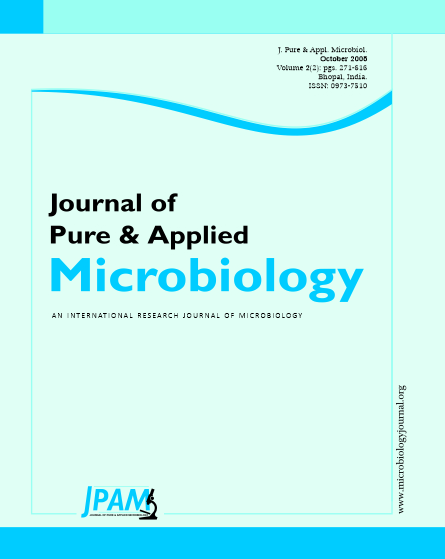Pectinases have been widely used in food and pharmaceutical industry, and their functionality depends on the polysaccharide structural elucidation. Rhamnogalacturonases (RGase) are the enzymes that degrade the hairy pectin region. Mexican filamentous fungus strains were analyzed as possible hydrolyze rhamnogalacturonan enzymes producer. A plaque technique with rhamnogalacturonan dye labeled with remazol brilliant blue was used for RGase activity detection. Radial growth velocities using RG, pectin and glucose, as sole source, were quantified. Enzymes extracts of three strains hydrolyze the dye RG plaque, showing extracellular enzymatic activity. Aspergillus FP390 presented the higher adaptation capacity in RG -soy degrading with a duplication time of 0.0683 h-1.
Rhamnogalacturonases, Fungal strains, Screening, Hydrolysis
© The Author(s) 2008. Open Access. This article is distributed under the terms of the Creative Commons Attribution 4.0 International License which permits unrestricted use, sharing, distribution, and reproduction in any medium, provided you give appropriate credit to the original author(s) and the source, provide a link to the Creative Commons license, and indicate if changes were made.


